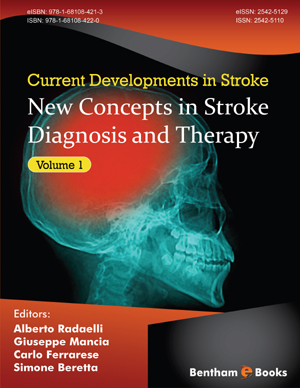Abstract
Cerebral collateral circulation is a subsidiary vascular network, which is dynamically recruited after arterial occlusion, and represents a powerful determinant of ischemic stroke outcome. Although several methods may be used for assessing cerebral collaterals in the acute phase of ischemic stroke in humans and rodents, they are generally underutilized. The assessment of collateral status in acute stroke patients may improve patient selection and maximize benefit-to-risk ratio of acute recanalization therapies. The systematic assessment of collaterals in experimental stroke models may be used as a “stratification factor” in multiple regression analysis of neuroprotection studies, in order to control the within-group variability. Exploring the modulatory mechanisms of cerebral collaterals during acute ischemic stroke may promote the translational development of therapeutic strategies for increasing collateral flow and directly compare them in terms of efficacy, safety and feasibility. Collateral therapeutics may have a role in the hyperacute (even pre-hospital) phase of ischemic stroke, prior to recanalization therapies.
Keywords: Acute ischemic stroke, Cerebral collaterals, Collateral therapeutics, CT angiography, Experimental stroke models, Infarct size variability, Ischemic penumbra, MRI angiography, patient selection, Recanalization therapies.






















